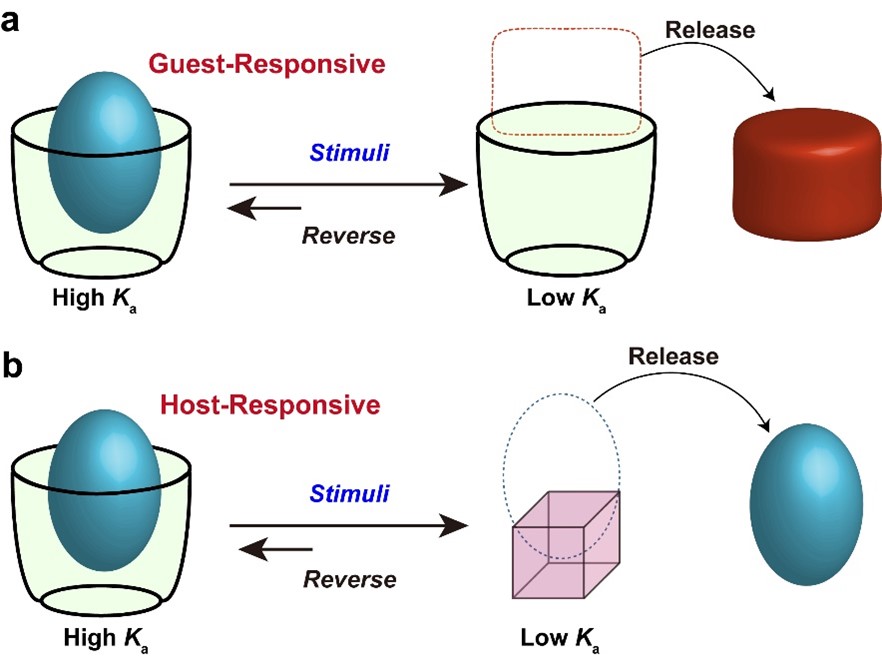Controllable Ultrahigh-Affinity Molecular Recognition Explained Through 'Molecular Velcro'
Published 15 May, 2025
“The secret of life is molecular recognition—the ability of one molecule to ‘recognize’ another through weak bonding interactions,” said Linus Pauling, a two-time Nobel Prize winner. In biological systems, high-affinity molecular recognition is essential for biomolecules in the generation of life-like complexity and functions, ensuring system’s robustness under complex conditions. To mimic part of this natural complexity, supramolecular chemists have developed numerous artificial recognition pairs. In a review article published in Supramolecular Materials, a group of researchers put forward a novel concept named “controllable ultrahigh-affinity molecular recognition” (CUAMR).
“Aqueous-phase molecular recognition carries the mysteries of life activities. Supramolecular chemistry is driven by a crucial mission: to aid in comprehending, simulating, and intervening in biological processes,” says corresponding author Dr. Cai Kang, a professor at Nankai University.
In recent decades, supramolecular chemists have developed diverse host-guest recognition pairs with broad structural and functional diversity. Increasingly, attention is being focused on the biological applications of host-guest systems. An emerging concept, CUAMR combines high binding strength for system robustness with stimuli-responsive features—such as light, pH, or redox triggers—for controlled guest release.
“These systems are like molecular Velcro: strong when needed, releasable on demand,” explains Cai.
“CUAMR systems offer exciting possibilities for applications in drug delivery, biosensing and biotechnology.”
Notably, CUAMR provides a dual advantage: first, ultrahigh binding affinity provides exceptional stability—comparable to covalent bonds—making it effective even under highly diluted or complex physiological conditions; second, their stimuli-responsiveness to “switch off” this binding on demand enables precise control for guest release.
However, challenges remain. Current examples of CUAMR are limited, mainly involving calixarenes and cucurbiturils. “Designing and synthesizing such host-guest system requires considerable effort, and scaling up for cost-effective production and real-world application poses significant hurdles,” says Dr. Guo “Nevertheless, we believe CUAMR represents a a promising foundation for next-generation smart materials and biomedical technologies.”

Contact author name, affiliation, email address: Dong-Sheng Guo. College of Chemistry, Nankai University. Email: dshguo@nankai.edu.cn
Funder: This work was supported by the National Natural Science Foundation of China (Grant Nos. 22271164 and U20A20259) and the Fundamental Research Funds for the Central Universities.
Conflict of interest: Dong-Sheng Guo is an editorial board member for this journal and was not involved in the editorial review or the decision to publish this article. All authors declare that there are no competing interests.
See the article: Chen, F.-Y., et al., Controllable ultrahigh-affinity molecular recognition, Supramolecular Materials, Volume 4, 2025, Article 100101.https://doi.org/10.1016/j.supmat.2025.100101

